There are so many lessons that we need to teach our children about money but today, I’m going to tell you what I think is the single most important lesson that you need to teach them. It’s the foundation for so many other money lessons that you’ll teach them throughout the years.
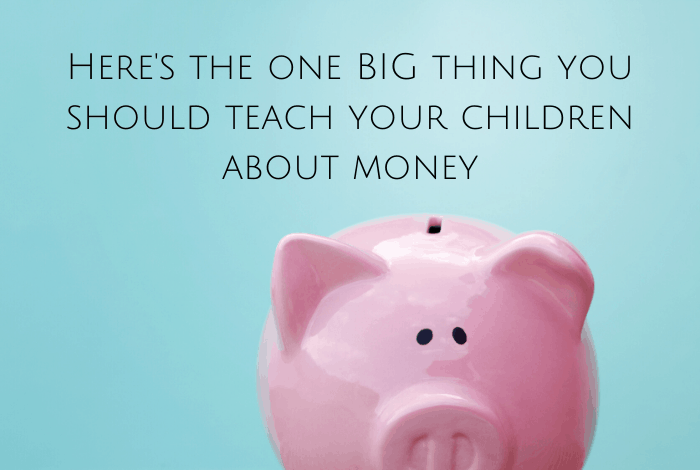
It’s nothing complicated and it’s nothing that we, as grown-ups absolutely understand that this is the key to being financially savvy even when we can’t actually stick to it ourselves.
I genuinely believe that teaching children about money can, and should, start from an early age and over the years, there are going to be lots of specific money lessons that you can teach them but the foundation to many of those lessons is this one:
You may have to wait to buy something that you want. No matter how much you want it.
It’s hard for children to understand why they can’t have something that they want when they see it in a shop because they don’t have a concept of money yet. They don’t understand that money needs to be earned and that often, there are other more important things for their grown-ups to spend their money on than the sweets or toys that they so desperately want at that moment.
So how do you teach children the value of money and help them understand that they can’t have everything they want when they want it?
It’s easier than you think…
- From a young age, we help our children to understand that they have to wait their turn at the playground or when they’re playing with their friends. It’s something that we do naturally as parents as we explain to them that it’s important to wait their turn and not to push in. In simple terms, when your child wants something then explain to them that it’s like waiting their turn on the swings. As much as they want to jump on straight away, they have to wait. It’s not something that’s going to work right away but keep reinforcing the message and it’s simple enough that young children should be able to understand.
- Don’t be tempted to give in – you need to be consistent in order to help them understand. By all means, treat them if you can afford to and you want to but don’t do it by buying them something from the supermarket shelf that they have a temper tantrum over.
- Distraction works wonders in most cases so explain why you’re at the shop and get them involved – if it’s to do your food shopping then talk to them about that or if it’s to buy a gift for someone get them to help.
- As kids get older, start to give them pocket money and encourage them to save it in a glass jar where they can see their money growing. I’d have two jars – one for spending and one for saving and get them to split their money between the two. I never made my two save as I wanted them to save because they wanted to and not because they were told to and I’m lucky that they did. I know some parents make their children save and I totally get why but I wanted to try and encourage it without rules and I’m lucky that it worked for us. They would generally have a goal in mind for their savings and I’d encourage them to get halfway to their goal and I’d match it so they could get what they wanted a bit quicker – we know how demoralising it can be to be saving forever and I didn’t want them to stop wanting to save – does that make sense to anyone but me?
- When my two were old enough, I increased their pocket money to a reasonable amount with the proviso that they had to buy all their non-essential. I shared more on that here if you want to see how we make pocket money work for us. There are no advances, no subs and no loans – if they waste all their money in the first week then it’s tough and if they want to buy something expensive they need to save their money and potentially do without something else to afford it.
By teaching your children this one lesson, you’re giving them a foundation for life – they’ll hopefully be sensible enough to avoid credit cards and loans and understand that they need to save for the things they want!
Don’t miss out on future posts like this – receive updates directly to your inbox by email by adding your email address here and hitting subscribe. You can also follow me on Twitter or BlogLovin and I’d love to see you over on my Facebook page and on Instagram. If you’re interested, you can find out more about me here and while I’ve got your attention, if you’re wondering why some of my posts lately are a little bit less frugal then have a read of this post.
Pin ‘Here’s the one BIG thing you should teach your children about money…’ for later:
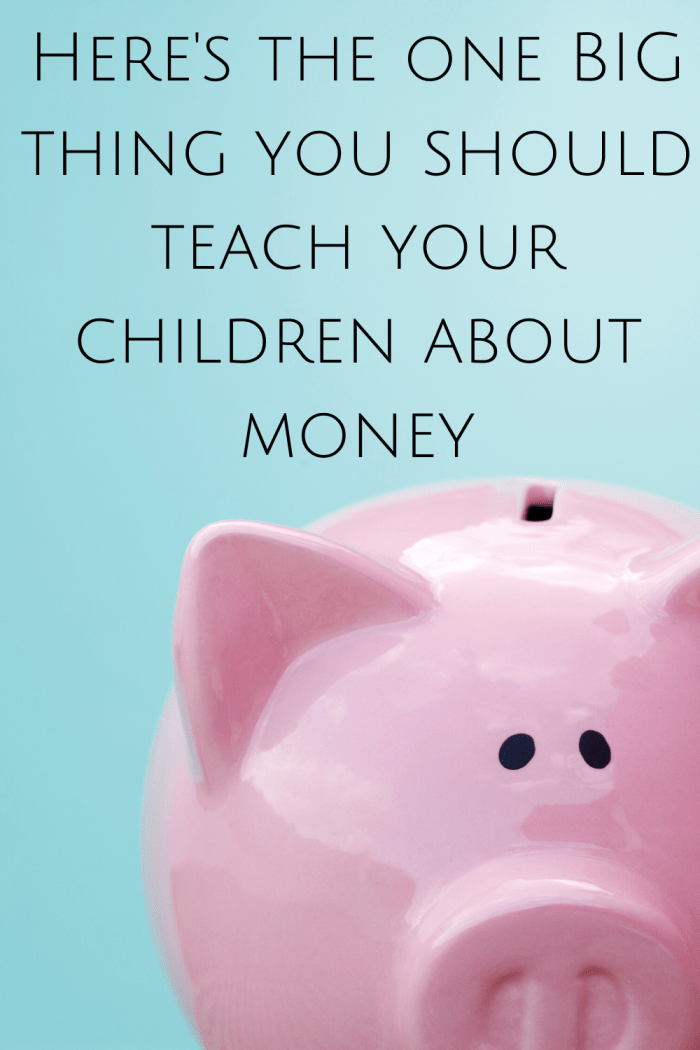





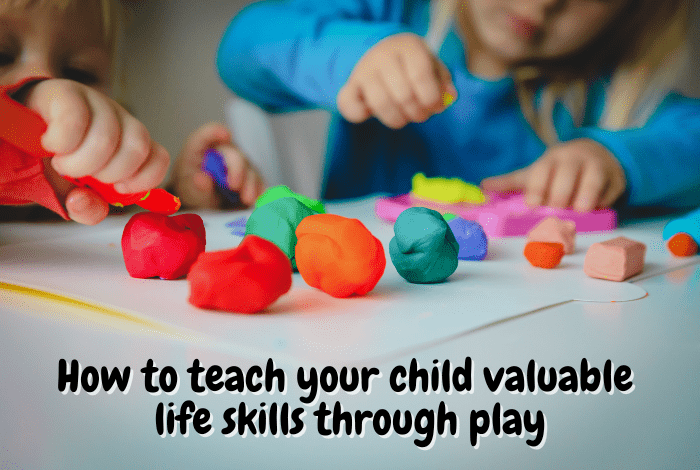

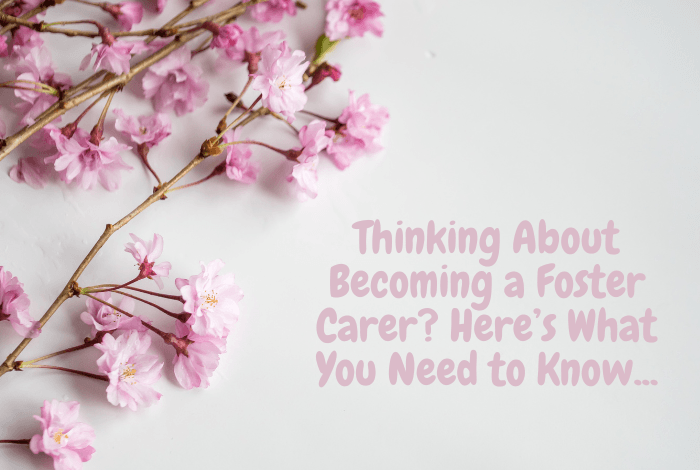
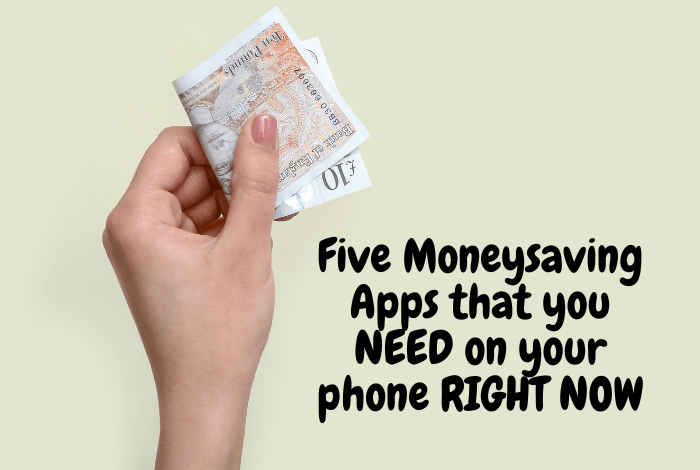
 Logging you in...
Logging you in... Loading IntenseDebate Comments...
Loading IntenseDebate Comments...

among us · 20 weeks ago